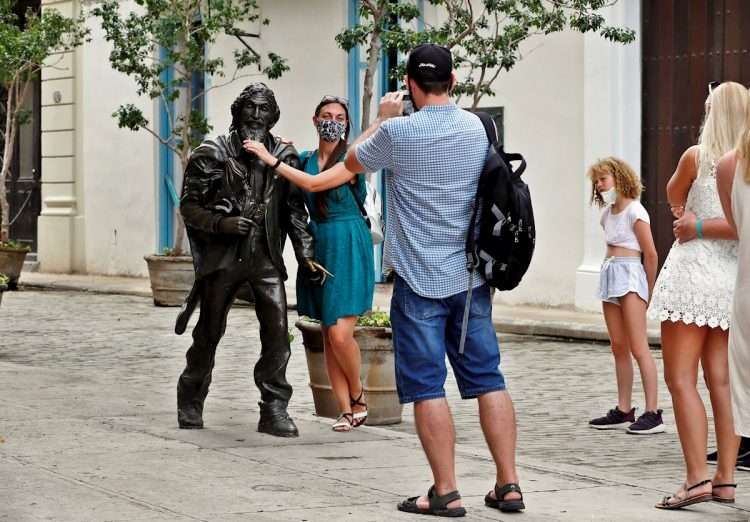As of this Sunday Cuba started receiving international travelers without having to undergo a mandatory quarantine or submit a negative PCR test or perform it upon arrival, although they must carry a health passport with those COVID-19 vaccines certified so far by regulatory agencies.
Cuban health authorities decided to modify the International Health Control measures adopted in the community transmission phase in light of the advance of mass vaccination on the island, with which they plan to reach more than 90% of the population by the end of this month.
For several weeks, the curve of infections and deaths due to coronavirus has been reduced gradually and steadily in most of the fifteen Cuban provinces.
Travelers who arrive without a document proving their COVID-19 vaccination must present a negative PCR certification — carried out within 72 hours before taking a flight to Cuba — issued by a licensed laboratory in their country of origin.
The new reopening measures exempt children under 12, regardless of nationality, from showing a vaccination certificate or a PCR test upon arrival.
In the case of Cuban travelers — residents or not in the country — who arrive without a vaccination scheme applied or a negative PCR, they will be tested on the island and will have to serve a ten-day period of institutional isolation.
As of next November 15 — when the total reopening of Cuba to international tourism will take place — the application of the mandatory RT-PCR at the border for all travelers entering the Caribbean nation will be eliminated.
The sanitary provisions of the reopening stipulate that if an international traveler presents “signs and symptoms of COVID-19 or another communicable disease” he/she will be referred to a health institution where a diagnostic test will be carried out.
In addition, measures are maintained such as taking the temperature of all travelers when entering and leaving the country, the mandatory use of a mask and disinfectant solutions for hands, as well as presenting the COVID-19 Medical Insurance.
With the reopening of borders, Cuba is trying to recover tourism — its second official source of foreign exchange income, only behind the sale of professional services abroad — after more than a year and a half of restrictions and a drastic reduction in visitors caused by the impact of the pandemic.
Before the pandemic hit Cuba in March 2020, tourism contributed around 10% of the gross domestic product.
The Caribbean country intended to receive some 4.5 million international visitors last year and reverse the fall of 9.3% in 2019, when 4.2 million tourists traveled to the country, 436,352 less than in 2018, according to official data. But COVID-19 prevented it. And in the first half of 2021, only 114,460 international travelers arrived on the island, a figure that represents 870,739 fewer visitors than in the same period of 2020.










